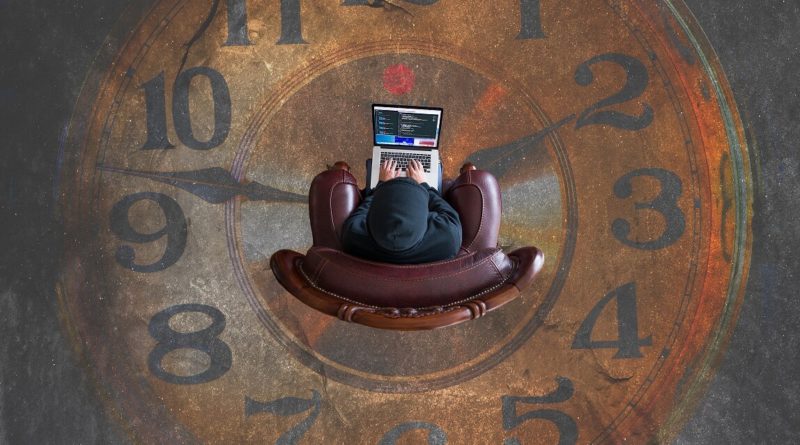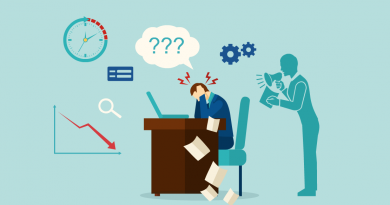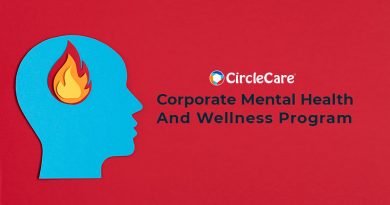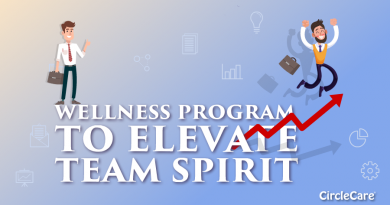5 Physical Activities To Effectively Manage Employee Stress
Employee stress is a common aspect of every occupation. Regardless of salary, gender, industry or experience, just the right amount of pressure can cripple productivity and take a tremendous toll on physical and emotional health on an employee.
Why is Employee Stress Such a Big Deal?
- 60% of American workers who consider their workplace a significant source of stress.
- 10% of Americans who report job stress reduces their productivity.
- $68 Billion Cost to US companies from health care utilization induced by stress.
- 10% National-profit-reduction caused by stress-related health care.
When it occurs frequently, and in large amounts, mental and physical health can be negatively affected as well as their productivity and morale go down.
How to manage stress in the workplace?
The first step of stress management is to track down the stressors, which may include the following:

Corporate Wellness App
CircleCare
- Trouble concentrating
- Headaches
- Apathy
- Anxiety
- Muscle Tension
- Anger
- Skin Irritations
- Stomach Problems
- Decreased Sex Drives
- Fatigue
Since we feel stressed when we feel that situations are out of our control, the next step is to take back control of both mind and body. Each of the following physical activities addresses the physiological and psychological effects of employee stress:
Acupuncture
Stress causes tension throughout the body which blocks the free flow of energy. Small needles inserted into just the surface of the skin stimulates specific points in the body to dispel energy blockages. Acupuncture eliminates stress and anxiety while decreasing blood pressure and relaxing muscles.
Exercise
As with acupuncture, exercise produces endorphins, brain chemicals linked to feelings of euphoria. Physical activity also distracts from current stress, enables individuals to better cope with future stress and balances the adverse effects weight has on the immune system by improving overall health.
Massage
Massage includes chemical changes that reduce pain and stress in all areas of the body. When under pressure, the body produces a hormone called cortisol, which kills cells important for immunity. Studies of patients cortisol levels before and after massage sessions found massage decreased cortisol dramatically.
Yoga
Yoga combines a series of slow-moving and stationary poses with deep breathing. Most yoga classes end with a relaxation pose, but certain forms of yoga which emphasize slow and steady movement, breathing exercises and gentle stretching are best for stress relief. Other benefits include improved flexibility, strength, balance and stamina.
Reiki
Reiki is a spiritual healing art that originated in Japan. A Reiki enthusiast will typically use a gentle touch to facilitate the flow of energy throughout the body, but unlike massage, Reiki may involve no physical contact at all. Reiki can help alleviate stress, calm anxiety and foster an environment for healing on all levels- physical, mental, and emotional.
Take a Break
Stress is a normal part of work life, but even small lifestyle changes like creating a balanced schedule, taking breaks and making personal investments like these will ensure that stress doesn’t get in the way of job performance or getting satisfaction out of life at work and home.
Work to Reduce Stress At Workplace
Less stress in the workplace means more savings as employee moral increases and health costs decreases. An effective stress management strategy can foster additional social and economic benefits such as higher productivity, employee attendance, and a more positive work environment.
CircleCare is a workplace wellness app that motivates employees to live stress-free healthy life with rewards employees wants, needs and loves.








